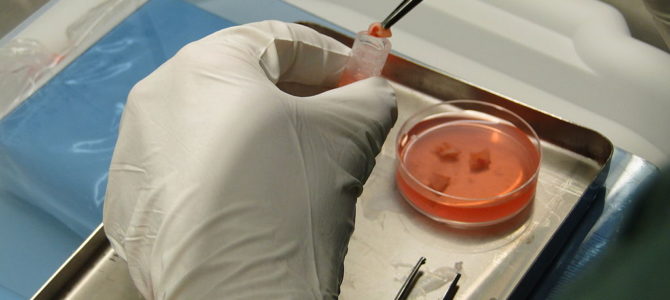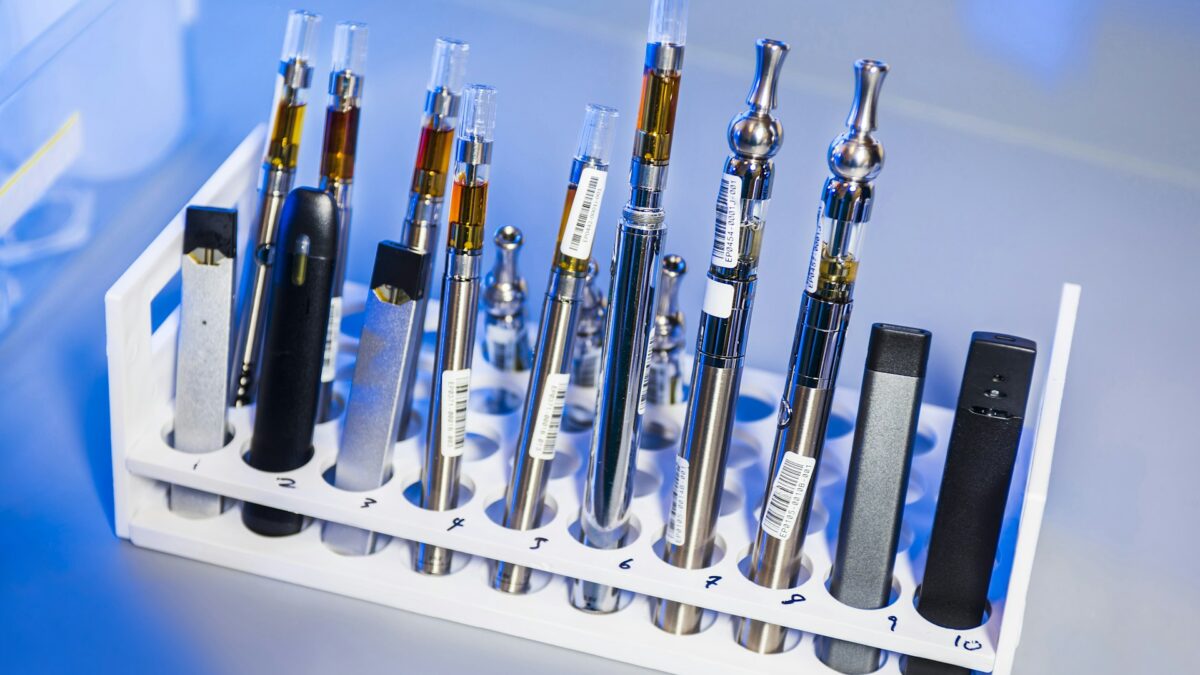
Last week, the Supreme Court heard arguments in Kisor v. Wilkie, a seemingly mundane case stemming from a Department of Veterans’ Affairs (VA) decision to deny a veteran benefits based on a regulatory interpretation. More interestingly, the case bears watching for its potential impact on how our government interacts with technology innovators. Today, entrepreneurs face a tough headwind when challenging federal interpretations of the law, but Kisor could help change that.
More than 20 years ago, in Auer v. Robbins, the Supreme Court established that, when faced with ambiguity over a federal agency’s regulations, courts should in most situations defer to the agency’s interpretation. Today, unless plainly erroneous, those interpretations will typically stand.
This is especially problematic for the tech industry, where innovation moves so quickly that regulators don’t always have existing legal frameworks to address it. That can lead to questionable or overly risk-averse decisions.
Take, for example, Flytenow, which may have been poised to become the Uber of the skies before a Federal Aviation Administration (FAA) reinterpretation of the term “common carrier” left the low-cost flight sharing service grounded. Upon appeal, the D.C. Circuit Court did what many observers have come to expect in David and Goliath fights against the administrative state: It sided with an agency’s power to use its rules to maintain the status quo over a disruptive new business model.
Now, in Kisor, the Supreme Court will revisit Auer-style deference to federal agencies. Depending on how the decision is structured, it could extend beyond the VA benefits in question and temper some of the power that agencies wield.
Deference to Agencies Up for Review
Agencies and their advocates argue that an agency is the best judge of what a regulation is supposed to mean. But as legal academics John Yoo and James C. Phillips point out, it can also mean that “The agency truly is then judge, jury, and executioner.”
Disputes over agency actions are more common than one might think. Agency interpretations govern everything from the meaning of environmental regulations to what regulations apply to hard-to-classify emerging technologies. According to an annual report by the Competitive Enterprise Institute’s Clyde Wayne Crews, 34 times more rules were passed by agencies than laws passed by Congress—for a total of nearly 3,300 rules that became the law of the land in America (in 2017 alone).
These numbers do not include the looser “soft law” increasingly used by agencies, and they don’t include mere agency interpretations like those at issue in Kisor and Auer. These flexible approaches are proving successful at governing many new technologies and applications that don’t fit into existing regulatory boxes. As scholars Ryan Hagemann, Adam Thierer, and I argue in a law review article, soft law is becoming the primary form of technological governance thanks to its ability to keep up with and promote innovation.
Yet even in these situations, agencies still receive a heightened level of judicial deference, making the upcoming ruling even more important for tech policy. Given the use of pliable legal methods to govern emerging and disruptive technologies, similar battles to Kisor could erupt in the near future over issues such as whether health apps qualify as medical devices, and therefore are subject to Food and Drug Administration approval requirements. Thanks to the blinding pace of modern innovation and slower pace of government, there will be no shortage of gray areas in need of clarification.
As beneficial as they have been in rapidly moving industries, flexible agency mechanisms raise legitimate concerns about transparency and potential abuse, and run the risk of devolving into an unaccountable behemoth of regulatory burdens. Even long-settled agency interpretations could be reopened in light of market-disrupting innovations. Should this happen, reforming judicial deference could give innovators a better chance in court.
Consumer Choice Battles
Under the current circumstances, it’s difficult for an innovator to challenge a federal agency even on the grounds of protecting and providing consumer choice. For example, last year, then-FDA commissioner Scott Gottlieb argued for excluding the term “milk” from being used for products like almond milk, stating that “an almond doesn’t lactate.” Prior interpretations had not been as strict about the use of the term in labeling and marketing. Now if the creators of almond milk were told to rename their product due to an interpretation like this, FDA would almost certainly win.
Other types of milk or meat substitutes could then face similar challenges, making it more difficult for food innovators to label products in a way that conveys their value to consumers. Consumers benefit from having these increased choices and don’t seem confused that a veggie burger doesn’t have meat or that soy milk doesn’t come from a cow. After all, that’s often what they are seeking. Still, it’s hard to say whether customers would be as willing to request an almond nut juice latte at Starbucks.
If the Supreme Court modifies or overturns Auer deference, it could very well decrease the number of agency reinterpretations or soft laws coming from the administrative state—but it would also make for more of a fair fight when an individual needs to challenge a decision.
Tech innovators seeking to contribute in the transportation, health care, food production, or other spheres need regulatory clarity and protection from outdated, one-size-fits-all agency rules. They also need a bulwark against the dangers of otherwise-useful soft law gone awry. The court has a chance to strike a balance.
Sometimes the less sensational cases that could easily go unnoticed turn out to be among the most impactful. Let’s hope the outcome bodes well for liberty and the future of innovation.









